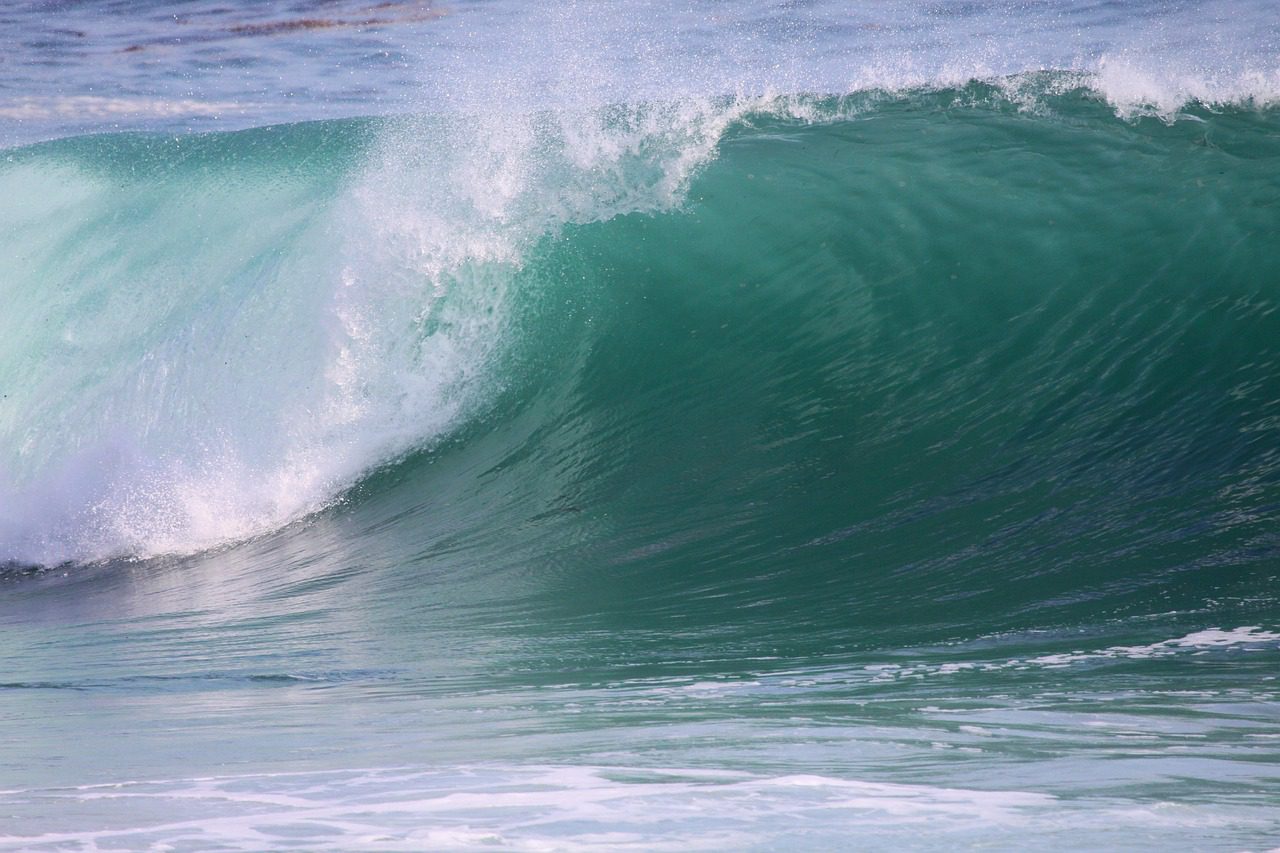Environmental watchdog to present findings at City’s Natural Resource & Culture Committee
SAN DIEGO, CA-Sept. 26, 2011- San Diego Coastkeeper’s water quality monitoring results have revealed that the Sept. 8 Los Penasquitos Creek sewage spill has entered the Torrey Pines State Natural Reserve and continues to impact the Los Penasquitos Lagoon. Coastkeeper staff will present this information to the Natural Resource & Culture Committee of the San Diego City Council on Wednesday, Sept. 28, as part of the report from the Public Utilities Department regarding power outage impacts. At the meeting, Coastkeeper’s lawyers will ask the City to take meaningful timely action to ensure effective investigation, cleanup and prevention.
“Now is the time for the city to rectify its mistakes handling this sewage crisis and take the proper steps to ensure it won’t happen again,” said Gabriel Solmer, Coastkeeper’s advocacy director, “Our human and environmental health and economy depend on the city taking discrete and proactive action.”
Coastkeeper volunteers were the first to discover and report harmful impacts in the Los Penasquitos Lagoon following the 1.9-million gallon sewage spill from the Roselle Street pumping station. While Coastkeeper’s sampling data revealed high levels of fecal indicator bacteria, ammonia and phosphorous, volunteers saw grey-colored water, smelled a strong sewage odor and spotted a number of dead fish in the lagoon. Data graphs and photographs are available on Coastkeeper’s blog.
Due to the reporting efforts of Coastkeeper’s first responders, City and Regional Water Quality Control Board staff eventually set up mitigation efforts to remove sewage from the creek. City crews arrived on scene four days after the spill. As of Friday, the City had completed pumping efforts after comparing the background levels of sewage to Coastkeeper’s monitoring data at the pumping site. However, dissolved oxygen remained low downstream of the spill. Bacteria and ammonia levels remained above state standards when last checked on September 20.
In a written report to the City committee, City Public Works staff explained the impact of the blackout and the cause of the spill. As part of the report, staff committed to coordination with state and local agencies for ongoing cleanup efforts. Given the cause of the spill, the staff also pledged to study options for back-up on-site power generation, although with no given timeframe.
Coastkeeper’s Solmer appreciated the switch in thinking. “This spill, when coupled with other recent events in San Onofre, Del Mar, Cardiff, San Diego Bay and Tijuana, shows a disturbing increasing trend in the region,” she said. “We were happy to stand with the mayor just last year and tout a decade of decreasing spills in San Diego. With those numbers now on the rise, now is not the time to turn our backs on this issue. Now is the time for the City of San Diego to be a leader.”
The City’s Natural Resource & Culture Committee meeting is Wednesday, Sept. 28 at City Hall. The meeting is open to the public. The Committee will take testimony on the spill during agenda item 7.
# # #
Founded in 1995, San Diego Coastkeeper protects the region’s bays, beaches, watersheds and ocean for the people and wildlife that depend on them. We balance community outreach, education, and advocacy to promote stewardship of clean water and a healthy coastal ecosystem.













